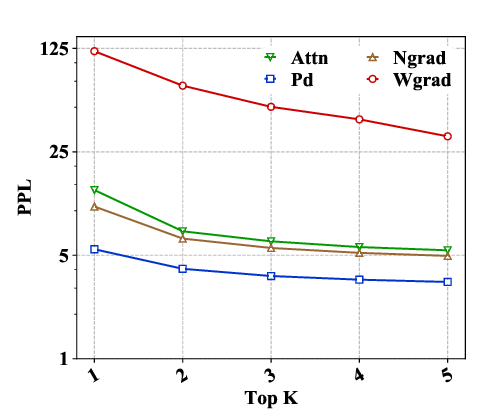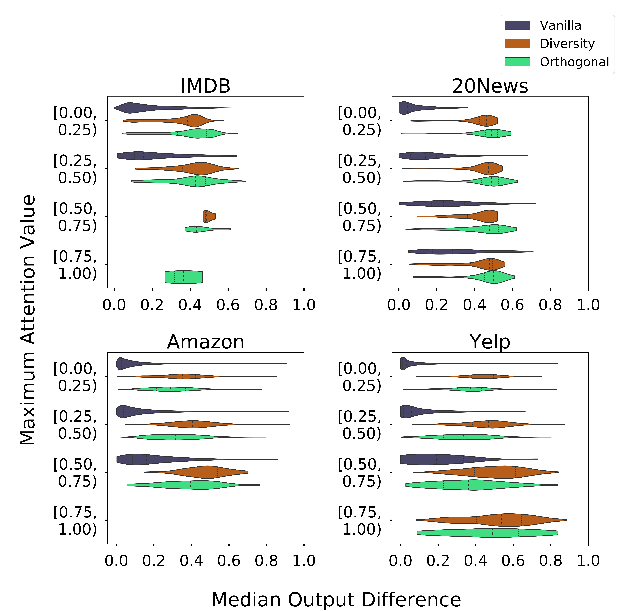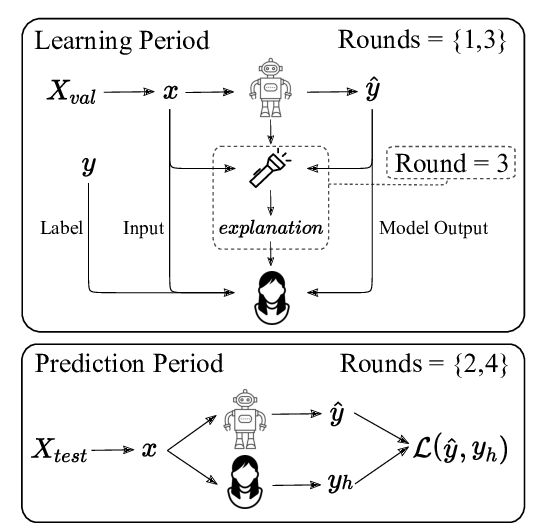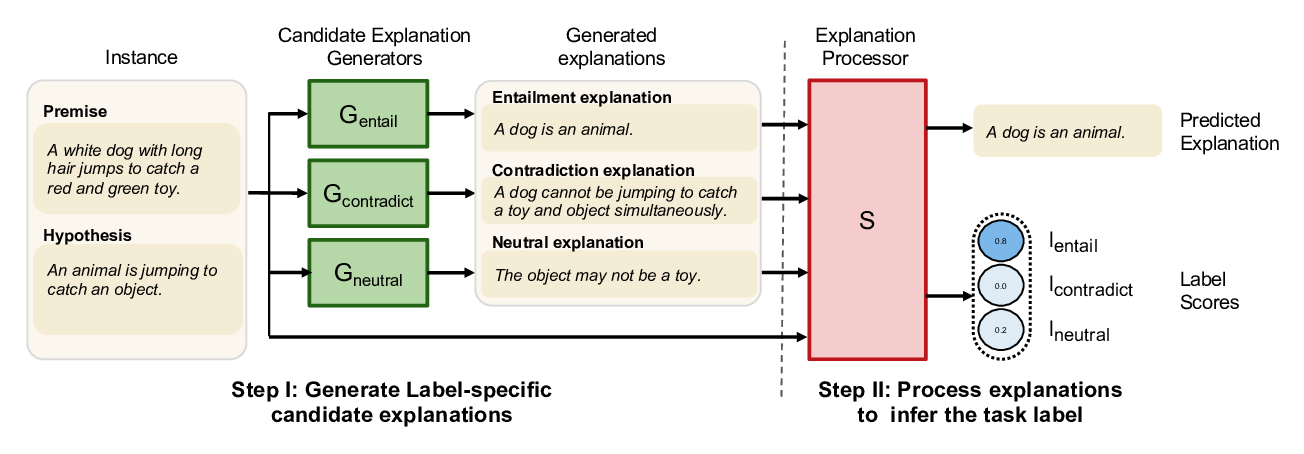Considering Likelihood in NLP Classification Explanations with Occlusion and Language Modeling
David Harbecke, Christoph Alt
Student Research Workshop SRW Paper
Session 2B: Jul 6
(09:00-10:00 GMT)

Session 11A: Jul 8
(05:00-06:00 GMT)

Abstract:
Recently, state-of-the-art NLP models gained an increasing syntactic and semantic understanding of language, and explanation methods are crucial to understand their decisions. Occlusion is a well established method that provides explanations on discrete language data, e.g. by removing a language unit from an input and measuring the impact on a model's decision. We argue that current occlusion-based methods often produce invalid or syntactically incorrect language data, neglecting the improved abilities of recent NLP models. Furthermore, gradient-based explanation methods disregard the discrete distribution of data in NLP. Thus, we propose OLM: a novel explanation method that combines occlusion and language models to sample valid and syntactically correct replacements with high likelihood, given the context of the original input. We lay out a theoretical foundation that alleviates these weaknesses of other explanation methods in NLP and provide results that underline the importance of considering data likelihood in occlusion-based explanation.
You can open the
pre-recorded video
in a separate window.
NOTE: The SlidesLive video may display a random order of the authors.
The correct author list is shown at the top of this webpage.
Similar Papers
Evaluating Explanation Methods for Neural Machine Translation
Jierui Li, Lemao Liu, Huayang Li, Guanlin Li, Guoping Huang, Shuming Shi,

Towards Transparent and Explainable Attention Models
Akash Kumar Mohankumar, Preksha Nema, Sharan Narasimhan, Mitesh M. Khapra, Balaji Vasan Srinivasan, Balaraman Ravindran,

Evaluating Explainable AI: Which Algorithmic Explanations Help Users Predict Model Behavior?
Peter Hase, Mohit Bansal,

NILE : Natural Language Inference with Faithful Natural Language Explanations
Sawan Kumar, Partha Talukdar,
